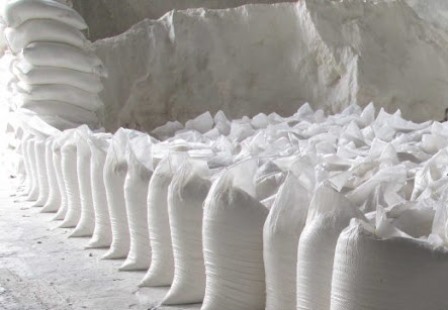
Gypsum is the same as natural hydrated calcium sulfate, which is found in several crystalline forms. And is one of the oldest materials in construction.
Gypsum is prepared in powder form with special mills and sold in bags or in bulk. High quality gypsum powders should be smaller than 0.15 mm. In most cases, a combination of gypsum and pure water is used for different applications, although in cases of need, by adding some different materials, its hardening time can be reduced.
This material is used to cover different surfaces and decorate them, and due to its white color, it gives a clean and bright effect to the space.

White plaster: This plaster is used for whitewashing in the building. White plaster is used as a surface and has a lower price compared to other types of construction plaster.
Gipton gypsum: This type of gypsum is obtained by combining gypsum with adhesive additives and is applied in two layers on bricks, porous concrete surfaces, cement surfaces, cement blocks and concrete blocks.
Ivory gypsum: Ivory gypsum has a very soft and micronized granulation and is used in sculpture, making prefabricated gypsum parts, producing enamel paint and killing buildings.
Marble gypsum: Marble gypsum is a type of gypsum without molecular water that is mixed with a solution and then re-baked. This plaster has a high resistance to moisture.
Satin plaster: Satin plaster is used to whiten the final layer of surfaces. To prepare this material, gypsum is mixed with additives such as perlite.
Siwa plaster: This type of plaster is used on different types of surfaces. Siva gypsum is very suitable for performing sub-work operations. On the surfaces that are covered with Siwa plaster, all kinds of oil paints, acrylic coatings, PVC wall coverings, polymer plaster can be used.